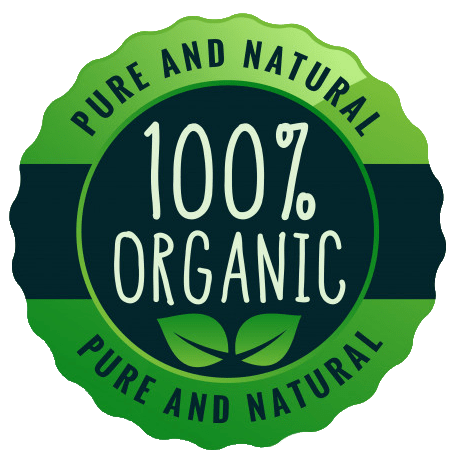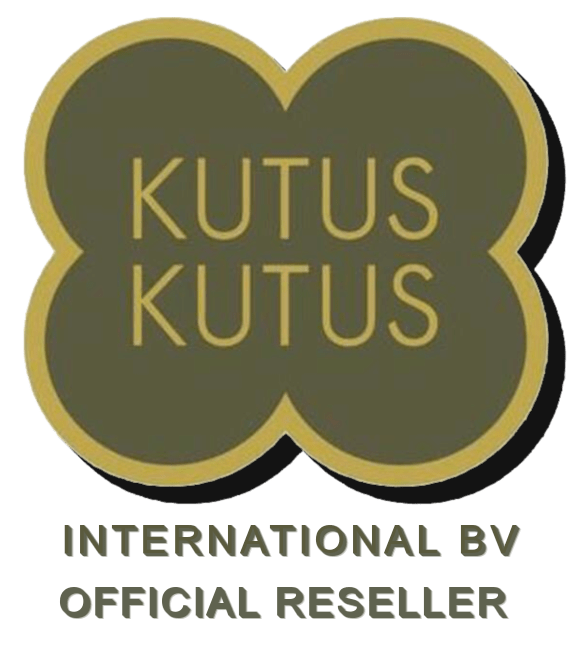
(Curcuma Zanthorrhiza (Temulawak)
Curcuma zanthorrhiza, known as temulawak, Java ginger, Javanese ginger, or Javanese turmeric is a plant species, belonging to the ginger family.[2] It is known in Javanese as temulawak, in Sundanese as koneng gede and in Madurese as temu labak.[2] The scientific name is sometimes written as Curcuma xanthorrhiza, but this is an orthographical variant.
This plant originated from Indonesia, more specifically from Java island, out of which it spread to several places in the biogeographical region Malesia. Currently, most of the temulawak is cultivated in Indonesia, Malaysia, Thailand, and the Philippines.[3] Outside of South East Asia, cultivars may be found also in China, Indochina, Barbados, India, Japan, Korea, the United States, and some countries in Europe.
The growth of the rhizomes, the bulbs that are processed to obtain the spice, needs an ambient temperature between 20 ° C and 30 ° C and abundant rain, up to a height of about 1 meter. Cultivation areas are found mostly in Southeast Asia, where rhizomes are harvested, boiled, dried, and ground into a powder, which is part of an Indian spice mix known as masala or curry, used to flavor many dishes, for example with rice or chicken.
Use and effect
The use of turmeric in Indian Ayurvedic medicine dates back to over 2000 years ago and was used as a general cleansing, digestive, anti-inflammatory, and much more. Later it was also introduced in traditional Chinese medicine both as a preventive and therapeutic treatment for numerous acute and chronic ailments. Only later, with the re-evaluation of alternative medicine, were herbs and spices, such as turmeric, introduced, with not a few initial doubts, even in modern medicine, much more recent.
Right from the start, the first scientific works showed how this spice and the main component, curcumin, showed various beneficial activities for human health: antioxidant, anti-inflammatory, immunomodulatory, and antitumor.
Let's find out in detail what are the benefits of turmeric for which pathologies its intake is particularly suitable. Antioxidant properties of turmeric.
Numerous studies have attributed antioxidant properties to turmeric. Its antioxidant effect is to be found in the chemical structure of curcumin and, therefore, in its scavenger capacity, that is, to reduce free radicals, responsible, if in excess, for tissue aging, degenerative and tumor pathologies.
Its antitumor activity is attributed precisely to its antioxidant effect capable of reducing DNA damage and lipid peroxidation, critical events in the proliferation of cancer cells, as shown by an Indian study.
A recent study, on the other hand, reports how the antioxidant activity of curcumin is responsible for reducing the toxicity of amyloidogenic aggregates, responsible for neurodegenerative diseases such as Alzheimer's and Parkinson’s.




Quick Links : F.A.Q - Privacy Policy - Shipping Policy - Terms & Condition - Return & Refund

 An item was added to cart!
An item was added to cart!

